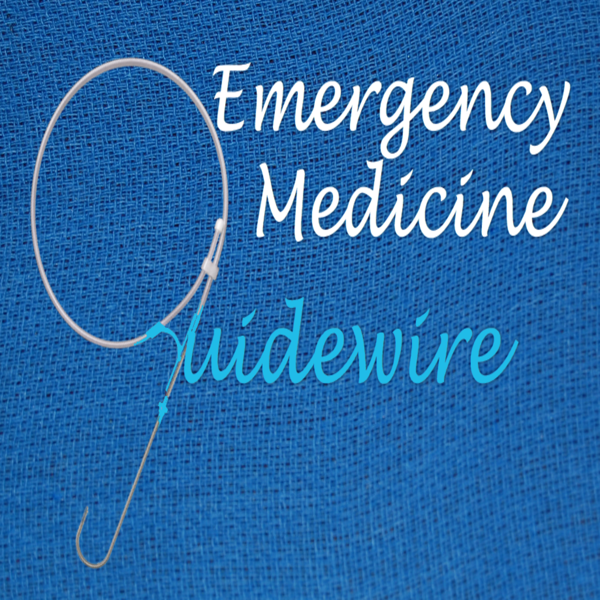|
3/22/2019 0 Comments Myasthenic Crisis
MG Pathophysiology & Symptoms
MG Crisis (MC) Causes
Drugs to avoid in MG Patients:
Drugs that should be used with caution:
Evaluation
Focused 30-second Neuro Exam
Airway Management
- Vital capacity less than 10-20 mL/kg - Single-breath test (unable to count past 20) - Unable to clear secretions
Management After Stabilization
Sources: Bird, S.J. & Levine, J.M (2019). Myasthenic crisis. In A.F. Eicheler & G. Finlay (Ed.), UpToDate.Retrieved February 27, 2019, from https://www.uptodate.com/contents/myasthenic-crisis Howard, J.F. (2009). Myasthenia Gravis: A manual for the health care provider. Myasthenia Gravis Foundation of America, Inc. Jowkar, A. (2010). Neuromuscular topics for Neuroscience ICU RNs. Presentation, University of North Carolina at Chapel Hill. Roper, J., Fleming M.E., Long. B. et al. (2017). Myasthenia Gravis and Crisis: Evaluation and Management in the Emergency Department. The Journal of Emergency Medicine, 53(5): 843-853. http://dx.doi.org/10.1016/j.jemermed.2017.06.099 Tintinalli, J. E., Stapczynski, J. S., Ma, O. J. et al. (2016). Tintinalli's emergency medicine: A comprehensive study guide(Eighth edition.). New York: McGraw-Hill Education.
0 Comments
Your comment will be posted after it is approved.
Leave a Reply. |
LEGAL DISCLAIMER (to make sure that we are all clear about this):The information on this website and podcasts are the opinions of the authors solely.
For Health Care Practitioners: This website and its associated products are provided only for medical education purposes. Although the editors have made every effort to provide the most up-to-date evidence-based medical information, this writing should not necessarily be considered the standard of care and may not reflect individual practices in other geographic locations.
For the Public: This website and its associated products are not intended to be a substitute for professional medical advice, diagnosis, or treatment. Your physician or other qualified health care provider should be contacted with any questions you may have regarding a medical condition. Do not disregard professional medical advice or delay seeking it based on information from this writing. Relying on information provided in this website and podcast is done at your own risk. In the event of a medical emergency, contact your physician or call 9-1-1 immediately.
For Health Care Practitioners: This website and its associated products are provided only for medical education purposes. Although the editors have made every effort to provide the most up-to-date evidence-based medical information, this writing should not necessarily be considered the standard of care and may not reflect individual practices in other geographic locations.
For the Public: This website and its associated products are not intended to be a substitute for professional medical advice, diagnosis, or treatment. Your physician or other qualified health care provider should be contacted with any questions you may have regarding a medical condition. Do not disregard professional medical advice or delay seeking it based on information from this writing. Relying on information provided in this website and podcast is done at your own risk. In the event of a medical emergency, contact your physician or call 9-1-1 immediately.
 RSS Feed
RSS Feed

